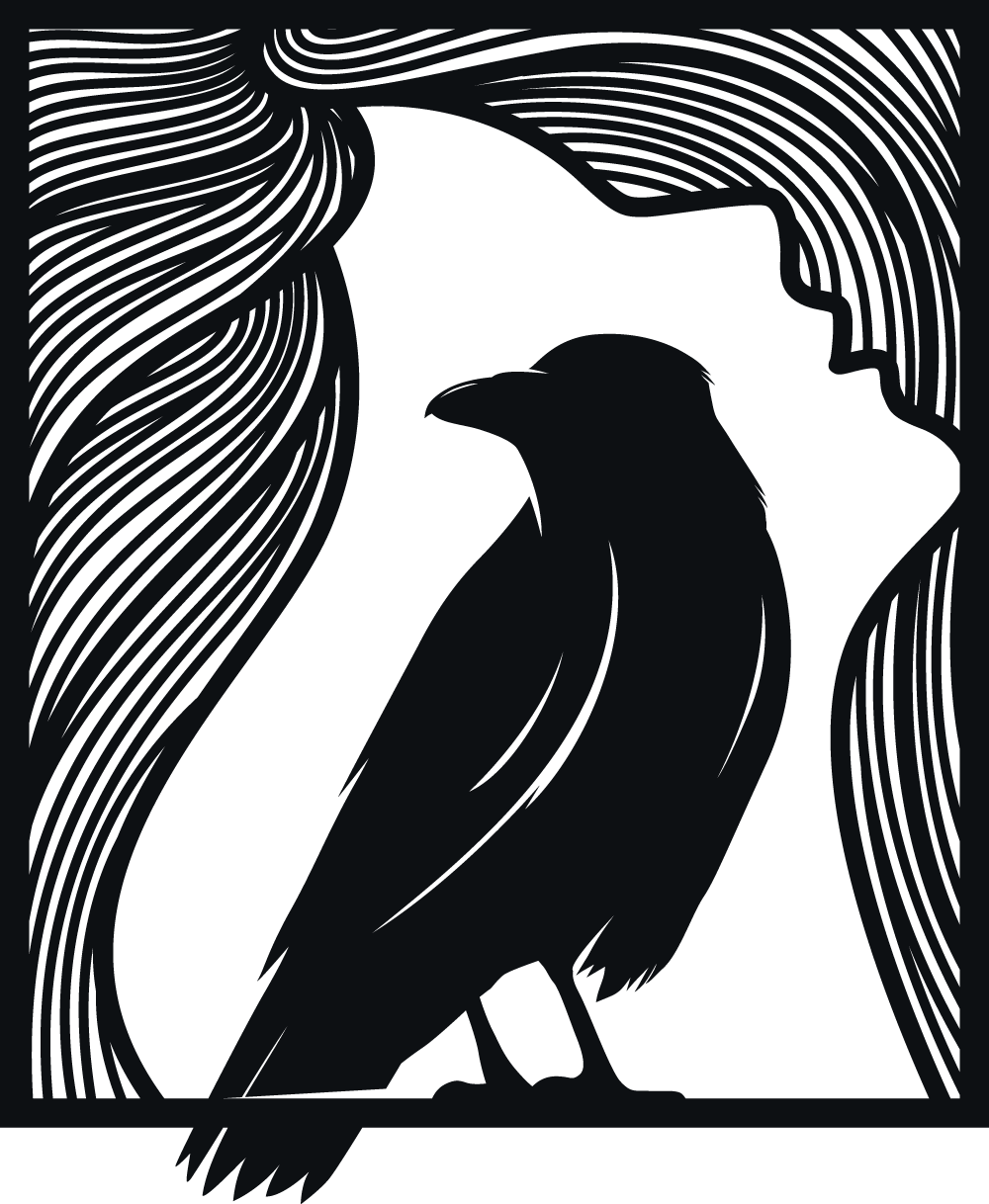
Asatru: Reviving Ancient Traditions
Asatru is one of the well-known movements for the transmission and reintroduction of ancient religions. The term "Asatru" is relatively new, originating sometime in the 19th century. In essence, it means "faith in the gods" or "loyalty to the gods." There is no surviving term that the Germanic peoples used to describe their religion or worldview from the Bronze Age until the Christianization. Asatru, like many pagan traditions, is young with ancient roots. Germanic paganism can be considered both a way of life and a religion. Most Asatruar recognize the existence of gods, land spirits, and other natural beings.
Sources and history
Asatru is a modern reconstruction of ancient Norse religion, drawing on historical texts and archaeological findings. Key sources include the Eddas, the primary texts of Norse mythology. The **Poetic Edda**, a collection of Old Norse poems from the 13th century but with roots in earlier traditions, and the **Prose Edda**, written by Snorri Sturluson in the early 13th century, provide a systematic account of Norse myths. Additionally, sagas written from the 12th to 14th centuries, like "Egil's Saga" and "Njáls Saga," offer insights into the beliefs and practices of the Norse people. Historical works such as Snorri's Heimskringla and Saxo Grammaticus' Gesta Danorum blend mythological and historical narratives. Archaeological evidence, including runestones and Viking Age artifacts, further supports our understanding of Norse religious practices. Together, these sources form the foundation for modern Asatru, blending ancient beliefs with contemporary interpretation.The Nine Worlds and Valhalla.
9 worlds
In the Edda, nine worlds are mentioned. First, there were Niflheim and Muspelheim. In Muspelheim lived the fire giants. Midgard is the world of humans. Asgard is the domain of the Aesir, the gods including Thor, Odin, and Heimdall. The Vanir, such as Freya, lived in Vanaheim. The dwarves live in Svartalfheim and the light elves live in Alfheim. The race of giants from the frost realms inhabited Jotunheim and the dead resided in the domain of the goddess Hel, Helheim. When a warrior died honorably in battle, the Valkyries brought him or her to Valhalla. In Valhalla, the warriors prepared for Ragnarok (the end of times). Yggdrasil, the world tree, is the axis of the universe connecting the worlds of the gods, humans, giants, and the dead. The tree not only supported the worlds but also provided protection and insight
Seidr
An interesting part of Germanic paganism is Seidr. In the Edda, Icelandic sagas, and other sources, this practice is described. The word means sorcery, enchantment, and/or magic. It is the shamanistic aspect of Asatru and includes trance journeys, shape-shifting, divination, and the ability to communicate with spirits and heal. The realm we live in is one of the nine worlds known from mythology. This earth is inhabited by beings, including gods, dwarves, giants, and ancestors. The whole is connected by the web of fate, which means everything influences everything else. Seidr can be used for balance within oneself and the environment, seeing the web of fate, and trance journeys for deeper insight.
Misuse of Germanic Paganism
In addition to traces from a distant past, Germanic paganism had an active revival during the period and reign of Hitler during World War II. The Germanic ancestors, symbolism, and symbols were misused for propaganda purposes. This misuse unfortunately led to lasting associations with extremism and racism. I want to specifically mention this because it is something to be alert to within Germanic paganism, as there are unfortunately still groups engaged in this connection with extremism and racism. It should be clear that I completely reject this, and the vast majority of people involved in Asatru and this pantheon of gods do as well.

